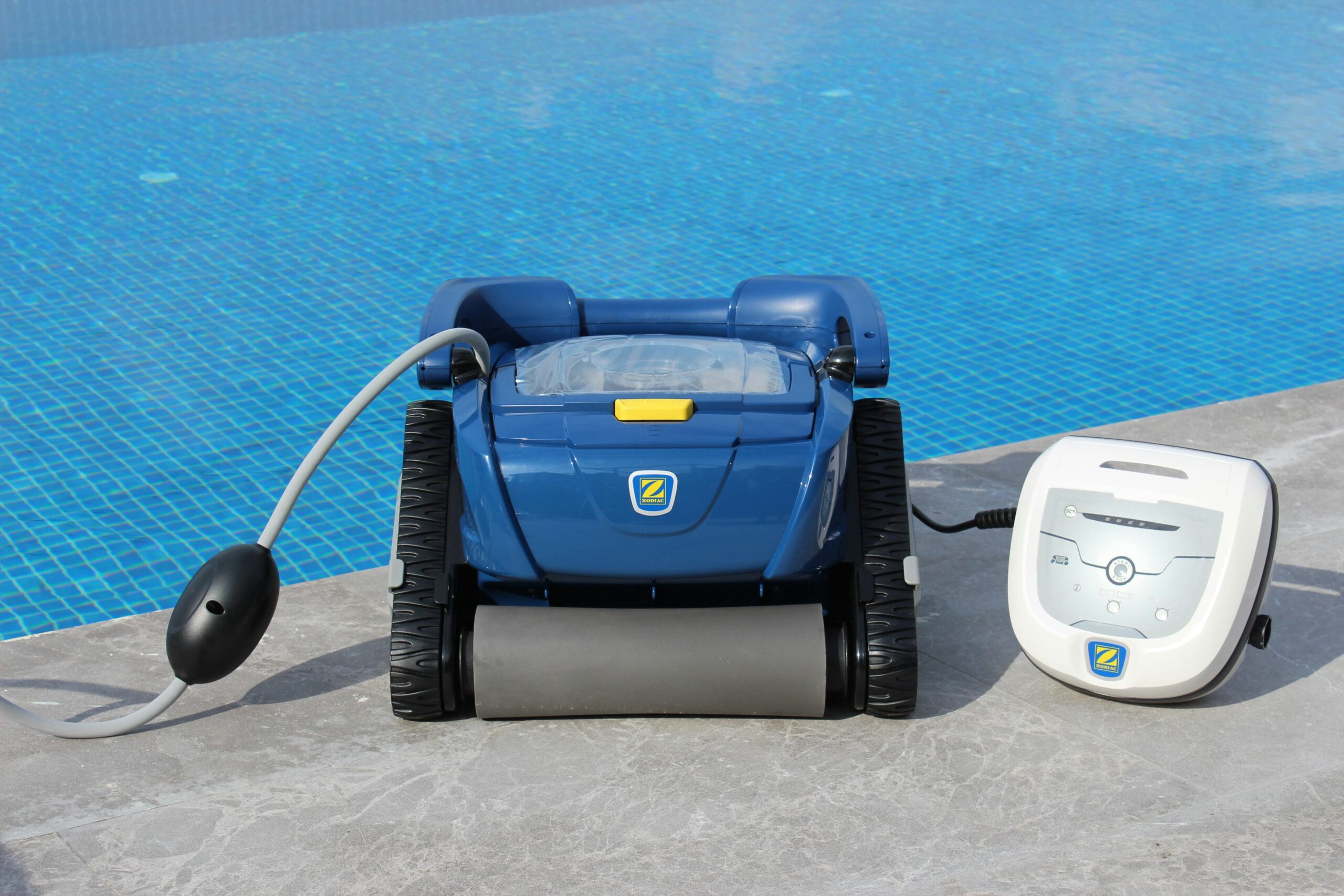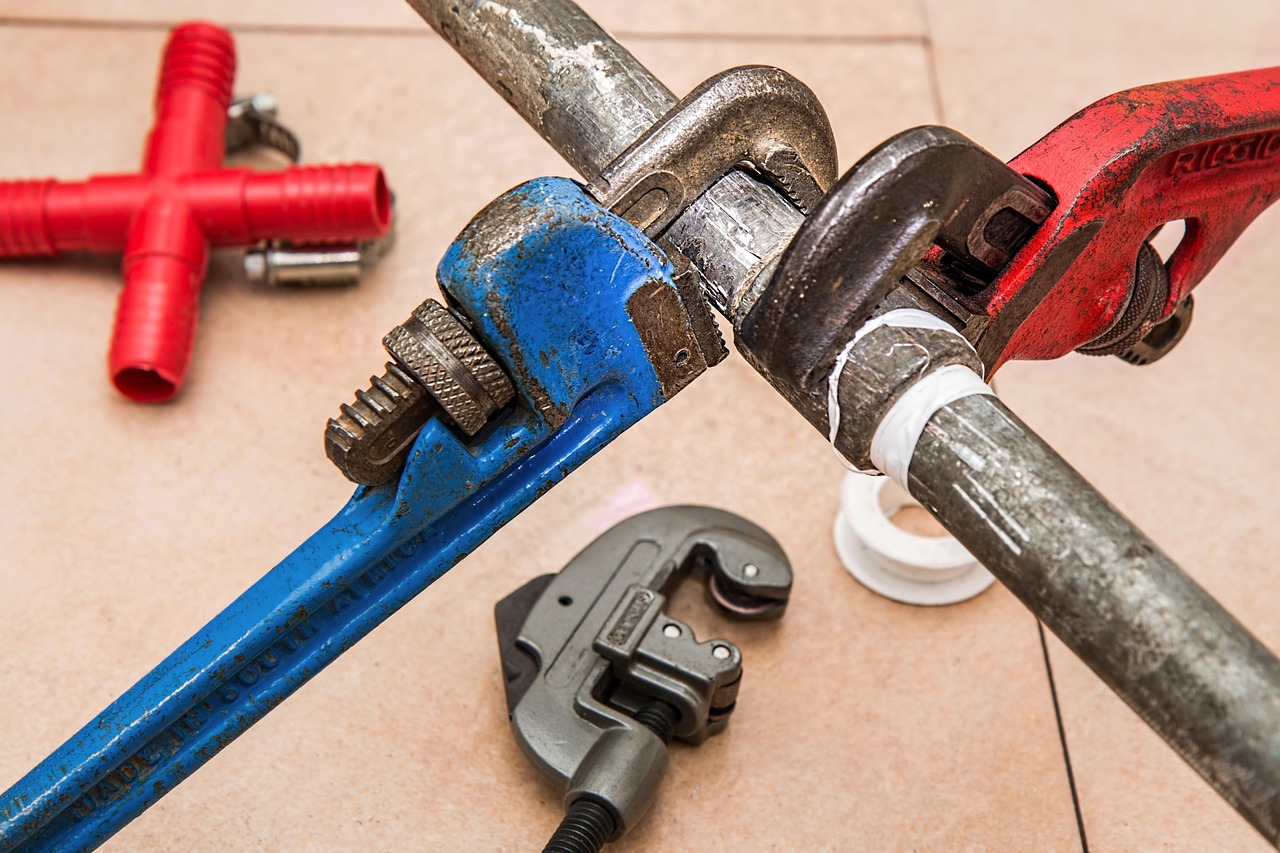Owning a swimming pool brings endless summer fun, but it also comes with the responsibility of regular maintenance. For new pool owners, establishing a consistent pool maintenance schedule can feel overwhelming at first. This beginners guide to pool care will walk you through the essential weekly tasks that keep your pool crystal clear and safe for swimming. From testing water chemistry to cleaning filters, you’ll learn the basic pool care tips needed to maintain your backyard oasis with confidence.
Understanding Your Pool System
Before diving into maintenance tasks, it’s important to understand the basic components of your pool system. Most pools consist of a pump, filter, skimmer baskets, and various chemical treatment systems. The pump circulates water through the filter, which removes debris and contaminants. Skimmer baskets catch larger debris before it enters the pump, while chemical treatments maintain proper water balance. Familiarizing yourself with how these components work together creates the foundation for effective pool maintenance. Many new pool owners find it helpful to keep their pool manual handy or consult resources like AskHomey for specific questions about their pool system.
Establishing a Weekly Maintenance Schedule
The key to successful pool care is consistency. A reliable pool maintenance schedule for beginners should include tasks performed daily, weekly, and monthly. Daily tasks might include a quick skim of visible debris, while monthly tasks could involve deeper cleaning of the pool filter system. The core of your maintenance routine, however, centers around weekly tasks. Each week, plan to spend approximately 1-2 hours on comprehensive pool care, including water testing, chemical balancing, cleaning surfaces, and checking equipment function. By dedicating this time consistently, you’ll prevent many common pool problems that result from neglect and save money on repairs in the long run.
Water Chemistry Basics
Learning how to test pool water chemistry is perhaps the most crucial skill for any pool owner. The chemistry of your pool water affects everything from swimmer comfort to equipment longevity. At minimum, your weekly testing should include checking chlorine levels, pH, alkalinity, and calcium hardness. Most beginners find test strips the easiest method to start with, though liquid test kits provide more accurate readings. Ideal ranges include: pH between 7.2-7.8, free chlorine at 1-3 ppm, total alkalinity at 80-120 ppm, and calcium hardness at 200-400 ppm. After testing, you’ll need to add appropriate chemicals to bring any unbalanced parameters back into their proper ranges. Remember that chemicals should be added one at a time, with circulation running, and with adequate time between additions to ensure proper distribution.
Skimming and Debris Removal
Removing floating debris is a simple yet essential part of any basic pool care routine. Using a skimmer net, remove leaves, insects, and other floating materials from the water’s surface at least twice weekly, or more frequently if your pool is surrounded by trees. Don’t forget to empty the skimmer baskets, which capture debris before it reaches your filter system. These baskets are typically located at the sides of the pool and sometimes in the pump itself. When these baskets become clogged, water circulation decreases, putting strain on your pump and reducing filtration efficiency. Make skimming part of your pool maintenance schedule for beginners, and you’ll enjoy cleaner water with less chemical demand.
Cleaning Pool Surfaces
Even with proper chemical balance, algae and biofilm can begin forming on pool surfaces. That’s why brushing the walls, steps, and floor of your pool is a vital part of weekly maintenance. Use a pool brush with nylon bristles for vinyl or fiberglass pools, or a stiffer wire brush for concrete or plaster surfaces. Pay special attention to corners, steps, and areas with poor circulation, as these are prime spots for algae growth. After brushing, vacuum the pool to remove the dislodged debris. Many beginner pool owners start with a manual vacuum, though automatic pool cleaners are a worthwhile investment for saving time in your maintenance routine. Regular brushing prevents stubborn buildup that can become difficult to remove if left unaddressed.
Filter Maintenance
Your pool’s filter works continuously to remove microscopic contaminants from the water. Depending on your filter type—cartridge, sand, or diatomaceous earth (DE)—maintenance procedures will vary. For cartridge filters, rinsing with a garden hose weekly helps maintain efficiency, with deeper cleaning needed monthly. Sand filters require backwashing when pressure rises 8-10 PSI above the clean reading. DE filters also need backwashing, followed by adding fresh DE powder. Whichever type you have, monitoring pressure gauges helps determine when cleaning is necessary. A clean filter not only improves water clarity but also reduces strain on your pump and decreases chemical demand, making it an essential component of efficient pool care.
Troubleshooting Common Issues
Even with diligent maintenance, pool problems occasionally arise. Cloudy water often indicates filtration issues or chemical imbalances. Green water typically signals algae growth, requiring shock treatment and increased circulation. Foaming might result from high levels of organic materials or certain pool chemicals. When troubleshooting, always start by testing water chemistry, as many problems stem from imbalances. Then check filtration and circulation systems for proper operation. Addressing issues promptly prevents them from escalating into more significant problems that could interfere with your swimming enjoyment.
For more tips and to connect with reliable home service professionals, follow AskHomey on Facebook and Instagram.



